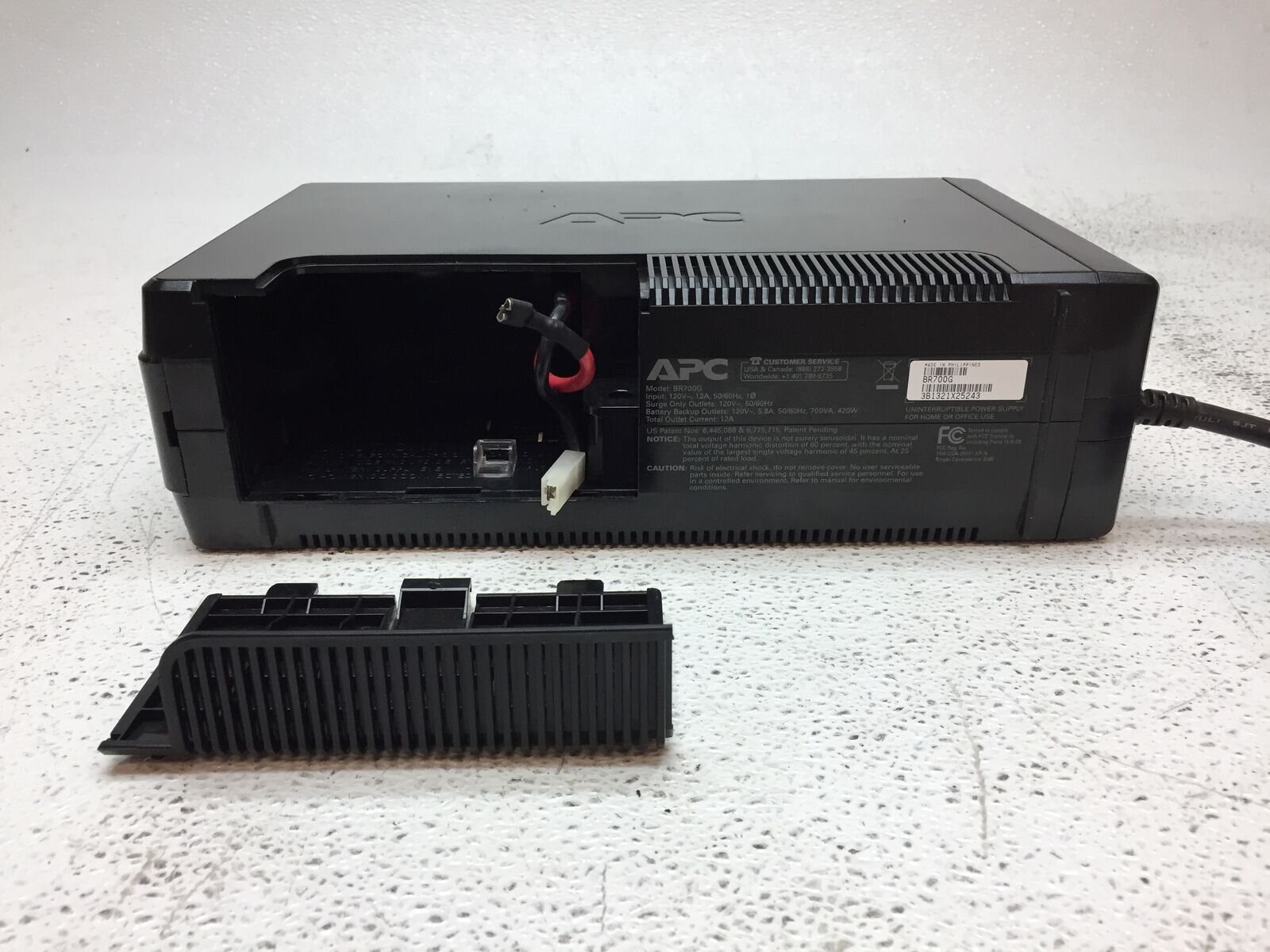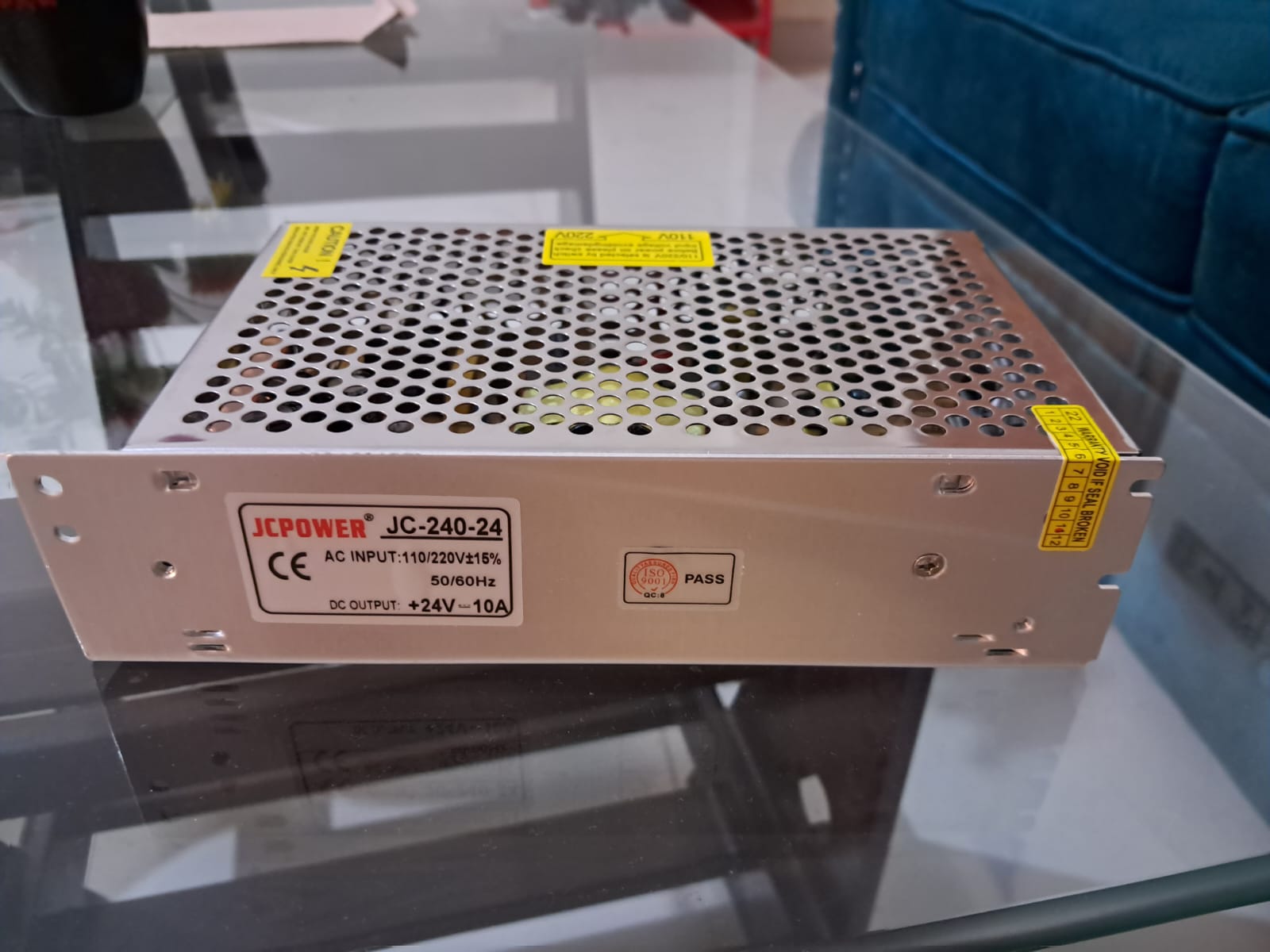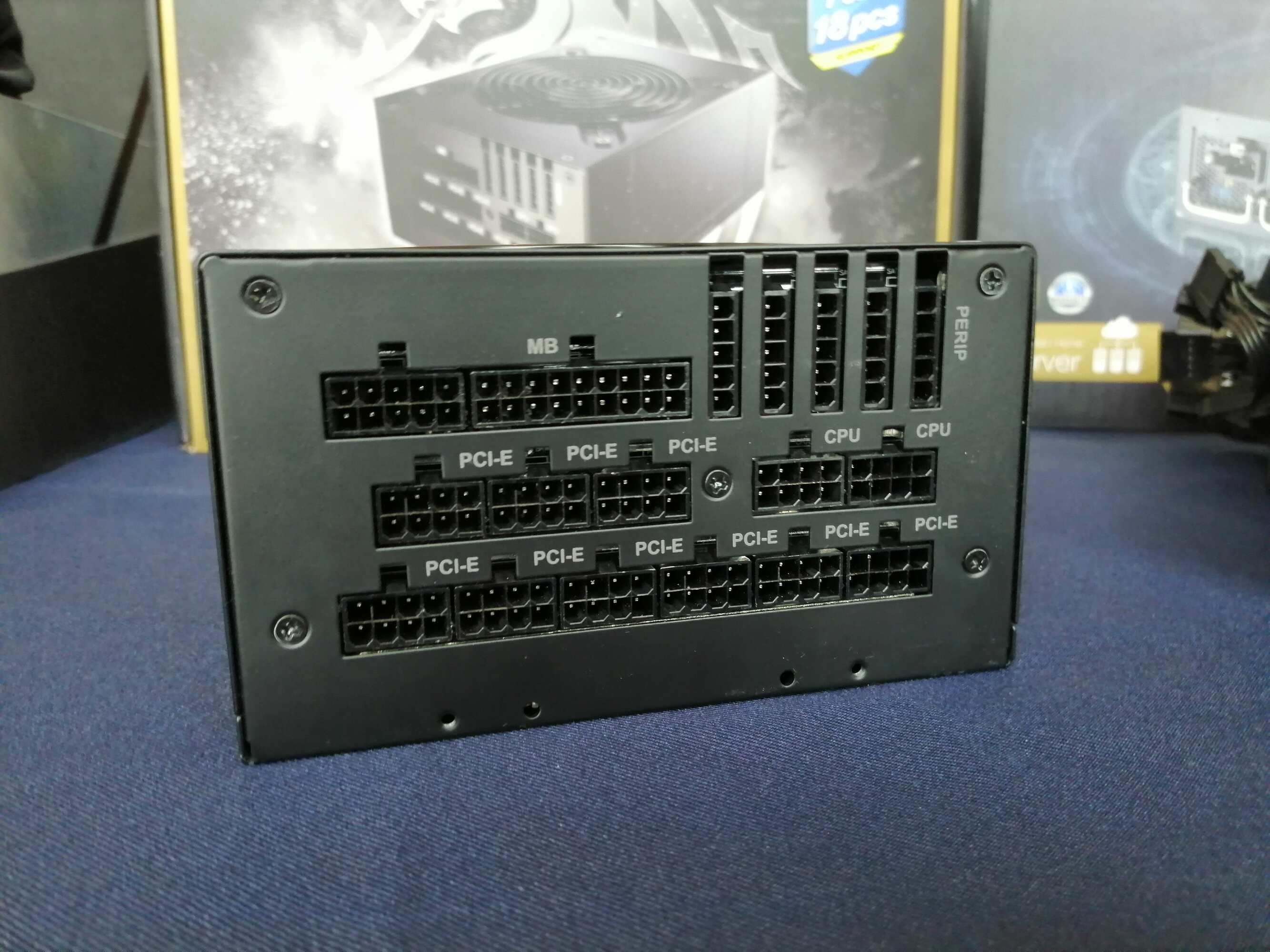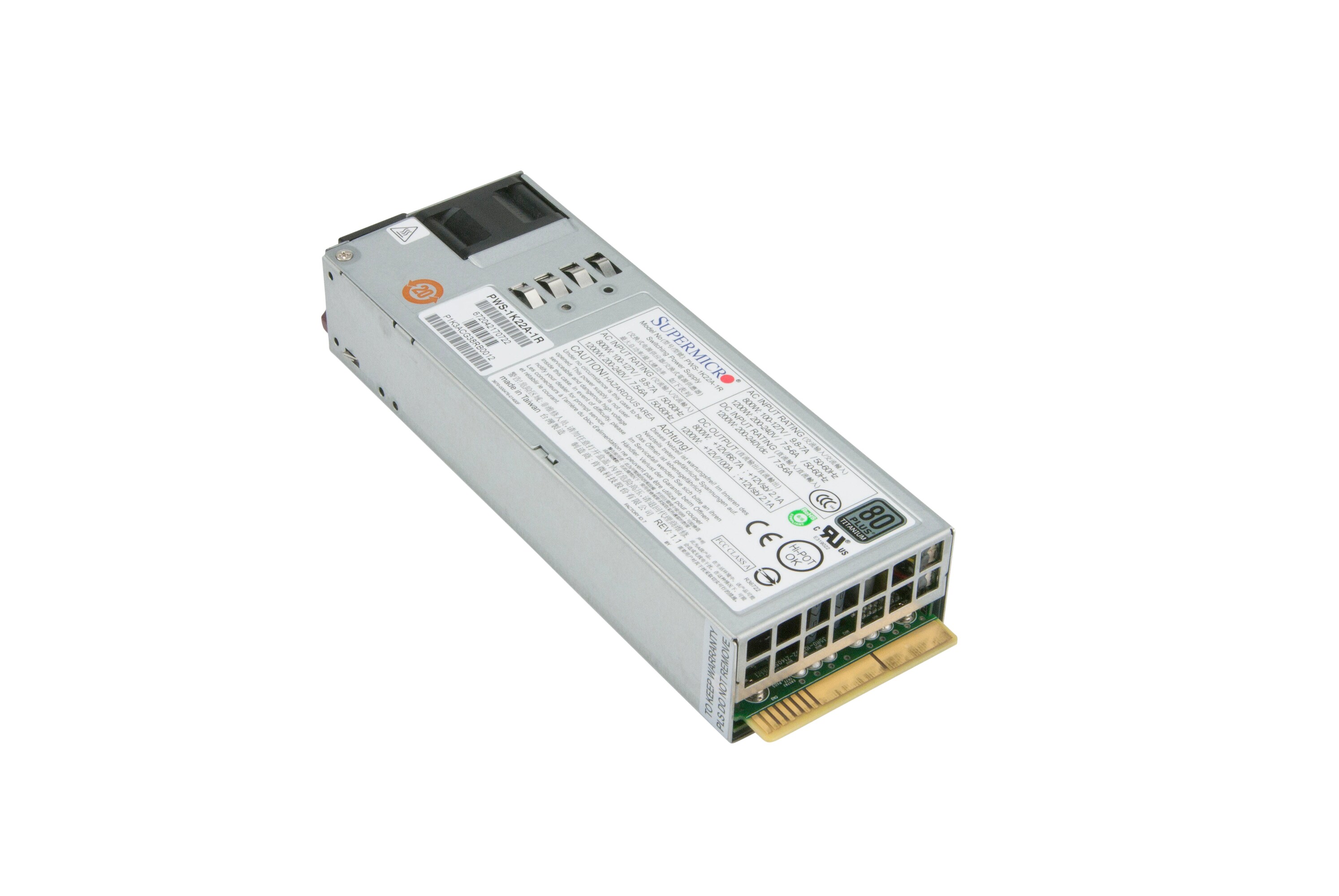Introduction
Uninterruptible Power Supply (UPS) systems play a crucial role in ensuring the continuity of power supply during outages or voltage fluctuations. These devices act as a backup power source, providing a seamless transition to battery power in case of power disruptions. However, you might have noticed that the input voltage required by UPS batteries is not always the standard 110V typically found in household electrical systems. This raises the question: Why is UPS battery input voltage not 110V?
To understand the reasons behind this, we need to delve into various factors such as voltage standards around the world, power grid variations, efficiency and power factor considerations, surge protection and safety measures, as well as battery preservation concerns. By exploring these factors in detail, we can gain a comprehensive understanding of why UPS battery input voltage differs from the conventional 110V.
In this article, we will explore the reasons behind the varying input voltage requirements of UPS batteries. We will delve into the complexities of voltage standards, the impact of power grid variations on UPS systems, the importance of efficiency and power factor, the need for surge protection and safety measures, as well as the considerations related to battery preservation. By the end of this article, you will have a clear understanding of why UPS battery input voltage differs from the standard 110V, and how these differences affect the optimal functioning of these essential power backup systems.
What is UPS?
A UPS, or Uninterruptible Power Supply, is an electrical device designed to provide backup power during outages or fluctuations in the main power supply. It acts as a bridge between the power source and the devices connected to it, ensuring uninterrupted electricity flow in case of power disruptions.
UPS systems consist of three main components: a rectifier, a battery, and an inverter. The rectifier converts the incoming alternating current (AC) power from the main supply into direct current (DC) power to charge the battery. The battery stores this energy, which is later converted back into AC power by the inverter for use during power outages. This seamless transition ensures continuous power supply to devices, preventing data loss, equipment damage, or disruption in critical operations.
UPS systems are categorized into three main types:
- Offline/Standby UPS: This type of UPS remains idle until a power interruption occurs. When the main power supply fails, it switches to battery power through the inverter, providing instant backup power.
- Line-Interactive UPS: Line-Interactive UPS systems incorporate automatic voltage regulation (AVR) to stabilize fluctuations in the main power supply. They offer better protection against small voltage variations and typically have higher efficiency.
- Online/Double Conversion UPS: Online UPS systems provide the highest level of protection and are commonly used in mission-critical applications. They continuously convert AC power to DC power, ensuring a consistent and regulated output, irrespective of the quality of the main power supply.
UPS systems are widely used in various industries and environments where continuous power supply is crucial, such as data centers, hospitals, financial institutions, telecommunications, and critical infrastructure. They offer not only power backup but also surge protection, voltage regulation, and frequency stabilization, ensuring the smooth operation of connected devices.
Why is Input Voltage Not 110V?
One of the key factors that differentiates UPS battery input voltage from the standard 110V is the wide range of voltage standards adopted around the world. While 110V is the standard voltage in many countries, there are also regions where the standard voltage can vary, ranging from 220V to 240V. UPS manufacturers need to account for these variations to ensure compatibility and optimal performance across different geographical locations.
Power grid variations are another significant reason for the difference in UPS battery input voltage. Power grids supply electricity at different voltages and frequencies, depending on the region and infrastructure. For instance, in North America, the standard power grid operates at 60Hz frequency, whereas in most other parts of the world, such as Europe and Asia, the standard frequency is 50Hz. UPS systems must adhere to these frequency standards and adjust the input voltage accordingly.
Efficiency and power factor considerations also impact the input voltage requirements of UPS batteries. Higher input voltages provide better efficiency and power factor, allowing UPS systems to operate more effectively. By adjusting the input voltage to match the specific needs of the system, UPS manufacturers can maximize the efficiency and performance of their devices, resulting in reduced energy consumption and improved overall power quality.
Surge protection and safety measures are additional factors that influence the input voltage requirements of UPS batteries. UPS systems are designed to protect connected devices from voltage spikes, surges, and electrical disturbances. Setting the input voltage appropriately ensures that the UPS can effectively regulate and stabilize the power supply, safeguarding the connected equipment from potential damage.
Battery preservation is also a critical consideration in determining the input voltage for UPS systems. The battery is a vital component of a UPS, storing power for use during outages. By maintaining specific voltage levels for charging and discharging, UPS manufacturers can optimize battery performance, prolonging its lifespan and ensuring reliable backup power availability.
In summary, the varying input voltage requirements of UPS batteries stem from factors such as voltage standards, power grid variations, efficiency and power factor considerations, surge protection and safety measures, as well as battery preservation. By accounting for these factors, UPS manufacturers can create systems that are compatible with different voltage standards worldwide, offer efficient and reliable performance, and protect connected devices from power disturbances.
Voltage Standards Around the World
Voltage standards vary across different countries and regions, with the standard voltage typically ranging from 110V to 240V. These variations have a significant impact on the input voltage requirements of UPS batteries.
In North America, most countries follow the standard voltage of 110V for residential and commercial electrical systems. This standard is commonly referred to as the North American Electric Reliability Corporation (NERC) standard. It is important to note that there are exceptions within North America, such as some areas in Canada that use a 120V standard.
On the other hand, many countries in Europe, Asia, and Africa operate on a 220V to 240V standard. This is commonly known as the International Electrotechnical Commission (IEC) standard. Countries such as the United Kingdom, Germany, France, Australia, and India adhere to this higher voltage standard.
It is essential for UPS manufacturers to design their systems to accommodate these varying voltage standards. This is why UPS devices have input voltage options that range from 110V to 240V, allowing them to be used in different parts of the world without requiring additional voltage converters or adapters.
In addition to the standard voltages, some countries and regions have specific voltage standards for specialized applications. For example, Japan operates on a unique 100V standard, which is commonly used for residential electrical systems. There are also countries that have multiple voltage standards based on different applications, such as Brazil, where both 110V and 220V standards are used.
It’s important to consider these voltage standards when purchasing and installing UPS systems. Failure to match the input voltage requirements of a UPS battery with the voltage provided by the power grid can result in compatibility issues and potential damage to the equipment.
Overall, understanding the voltage standards around the world is crucial for selecting the appropriate UPS system and ensuring its proper functioning in different regions. By adhering to the specific voltage requirements of each country or region, UPS manufacturers can provide reliable power backup solutions that meet the diverse needs of their customers.
Power Grid Variations
Power grids around the world operate at different voltages and frequencies, leading to variations in the input voltage requirements of UPS batteries.
In North America, the standard frequency is 60Hz, and the voltage supplied by the power grid is 110V. This 60Hz frequency is also used in a few other countries that follow the North American voltage standard. However, many countries, particularly in Europe, Asia, and Africa, operate on a 50Hz frequency for their power grids.
The difference in frequency between these regions affects the input voltage requirements of UPS systems. UPS devices are designed to operate at specific frequencies, and they need to adjust the input voltage accordingly to ensure compatibility and optimal performance. When a 50Hz UPS is connected to a 60Hz power grid, the input voltage needs to be increased to match the higher frequency.
Power grid voltage variations also exist. While North America follows the 110V standard, many other regions use higher voltages such as 220V or 240V. This difference necessitates the adjustment of UPS input voltage to match the specific voltage supplied by the power grid.
These variations in power grid voltages and frequencies are primarily due to historical reasons and the development of electrical systems in different parts of the world. As electrical infrastructure evolved, different standards were established based on various factors such as technical feasibility, safety considerations, and economic considerations.
When selecting a UPS system or considering its input voltage requirements, it is crucial to account for the power grid variations in the specific region of installation. Using a UPS with incorrect input voltage settings can lead to compatibility issues and may result in improper functioning or damage to the UPS system itself.
Power grid variations are an integral part of understanding the input voltage requirements of UPS batteries. By taking into consideration the specific voltage and frequency standards of a region’s power grid, UPS manufacturers can produce systems that seamlessly integrate with the local electrical infrastructure and deliver reliable backup power.
Efficiency and Power Factor
Efficiency and power factor play a crucial role in determining the input voltage requirements of UPS batteries. Ensuring optimal efficiency and power factor is essential for the efficient operation of UPS systems.
Efficiency is a measure of how effectively a UPS system converts input power into output power. Higher input voltages generally result in better efficiency. This is because higher input voltages allow the UPS system to operate more efficiently, reducing energy losses during the conversion process. By adjusting the input voltage to match the specific needs of the UPS system, manufacturers can optimize its efficiency, resulting in reduced energy consumption and lower overall operational costs.
Power factor, on the other hand, measures how effectively a UPS system converts the input power into useful output power. A power factor close to 1 indicates efficient conversion, while a lower power factor indicates inefficiency and wasted energy. By adjusting the input voltage, UPS manufacturers can ensure that the power factor remains close to 1, maximizing the utilization of input power and minimizing unnecessary energy losses.
Efficiency and power factor considerations also impact the overall power quality for connected devices. UPS systems that operate at optimal efficiency and have a high power factor deliver cleaner and more stable power to connected equipment, minimizing the risk of voltage fluctuations and potential damage to sensitive electronic devices.
It’s important to note that the output voltage of a UPS system is typically regulated to a specific level, regardless of the input voltage. The input voltage primarily affects the efficiency and power factor of the UPS, while the output voltage is maintained at a consistent level to ensure stable power supply to connected devices.
Ultimately, by adjusting the input voltage according to the specific needs of the UPS system, manufacturers can maximize efficiency, improve power factor, and deliver high-quality power to connected devices. This optimization not only enhances the performance of the UPS but also contributes to overall energy conservation and cost savings.
Surge Protection and Safety
Surge protection and safety measures are crucial considerations when determining the input voltage requirements of UPS batteries. UPS systems are designed to protect connected devices from voltage spikes, surges, and electrical disturbances. Proper input voltage settings play a vital role in ensuring effective surge protection and maintaining electrical safety.
Surge protection is essential because voltage spikes and surges can damage electronic equipment, leading to data loss, operational disruptions, and costly repairs. By appropriately setting the input voltage, UPS systems can regulate and stabilize the power supply, mitigating the impact of voltage fluctuations and protecting connected devices from potential damage.
Similarly, input voltage settings contribute to overall electrical safety. UPS systems with correctly matched input voltages are less likely to experience electrical overheating, which can potentially result in fires or other hazardous situations. By adhering to recommended input voltage specifications, UPS manufacturers prioritize safety and promote reliable operation of the systems.
Furthermore, input voltage settings can also impact the performance of surge protection devices, such as surge suppressors or surge arrestors. These devices work in conjunction with UPS systems to provide added layers of protection against power surges and electrical abnormalities. Proper input voltage ensures that these surge protection devices can function optimally and effectively safeguard connected equipment.
Electrical safety guidelines and regulations vary across different regions, and input voltage requirements are designed to comply with these safety standards. By adhering to the recommended input voltage ranges, UPS manufacturers ensure that their systems meet safety certifications and provide reliable protection. It is essential for users to adhere to these guidelines and avoid using UPS systems with incorrect input voltage settings to maintain the integrity of surge protection and ensure the safety of connected devices and personnel.
In summary, input voltage settings are crucial for surge protection and electrical safety in UPS systems. By setting the input voltage appropriately, UPS manufacturers can regulate power supply, protect equipment from voltage spikes, promote electrical safety, and ensure effective operation of surge protection devices. Adhering to the recommended input voltage specifications enhances the reliability and longevity of the UPS systems, while minimizing the risk of electrical hazards and damage to connected devices.
Battery Preservation
Battery preservation is a critical consideration when determining the input voltage requirements of UPS systems. UPS batteries serve as the primary source of backup power during outages, making their proper preservation essential for reliable and long-lasting performance.
UPS systems are designed to charge and discharge batteries based on specific voltage levels. This charging and discharging process is optimized to ensure the longevity and efficiency of the batteries. By setting the input voltage appropriately, UPS manufacturers can maintain the desired voltage range for charging and discharging, preserving the battery’s health and extending its lifespan.
Incorrect input voltage settings can have detrimental effects on battery preservation. Insufficient input voltage can result in undercharging, leading to reduced battery capacity and shorter backup times. Conversely, excessive input voltage can overcharge the battery, causing accelerated degradation and reduced overall lifespan.
Furthermore, setting the input voltage accurately allows UPS systems to regulate the charging process, preventing overvoltage and ensuring optimal battery performance. This regulation protects the battery from potential damage, such as thermal runaway or electrolyte leakage, which can occur when the battery is subjected to excessive charging voltages.
Proper battery preservation not only ensures reliable backup power but also minimizes the cost and environmental impact of battery replacements. By optimizing the input voltage for charging and discharging, UPS manufacturers enhance the efficiency and effectiveness of the battery system, resulting in reduced energy consumption and waste.
In addition to input voltage, other factors such as temperature control, load management, and periodic maintenance also contribute to battery preservation. It is vital to monitor and maintain these factors alongside input voltage settings to maximize battery lifespan and performance.
Users should also be mindful of battery chemistry and manufacturer recommendations. Different battery technologies, such as sealed lead-acid (SLA) or lithium-ion (Li-ion), may have specific voltage requirements and considerations for optimal preservation. Following manufacturer guidelines ensures that UPS systems are operated within the specified voltage ranges, safeguarding battery health and performance.
In summary, battery preservation is a critical aspect of UPS system design. By setting the input voltage accurately and adhering to manufacturer guidelines, UPS manufacturers promote optimal charging and discharging processes, extend the battery’s lifespan, and ensure reliable backup power. Battery preservation contributes to cost savings, energy efficiency, and environmental sustainability, while maintaining the overall reliability and functionality of UPS systems.
Conclusion
The input voltage requirements of UPS batteries differ from the standard 110V primarily due to factors such as voltage standards, power grid variations, efficiency and power factor considerations, surge protection and safety measures, as well as battery preservation concerns.
Understanding the varying voltage standards around the world is crucial for selecting the appropriate UPS system and ensuring its proper functioning. Different regions operate on different voltage standards, ranging from 110V to 240V. UPS manufacturers accommodate these variations by offering input voltage options that cover a wide range of standards.
Power grid variations, including voltage and frequency differences, also impact the input voltage requirements of UPS systems. Operating at the correct input voltage ensures compatibility and optimal performance in different regions. Additionally, efficiency and power factor considerations drive the need for proper input voltage settings, maximizing energy efficiency and power quality.
Surge protection and safety are paramount in UPS systems. By setting the input voltage accurately, UPS manufacturers provide effective surge protection, protect connected devices, and ensure electrical safety. Adhering to voltage specifications also enables the optimal performance of surge protection devices.
Battery preservation is a critical aspect of UPS design. Setting the input voltage correctly ensures proper charging and discharging, maximizing battery performance and extending its lifespan. By preserving the battery, UPS manufacturers enhance reliability, minimize replacements, and reduce environmental impact.
In conclusion, understanding the reasons behind the differences in UPS battery input voltage is crucial for selecting and maintaining UPS systems. By considering voltage standards, power grid variations, efficiency and power factor, surge protection and safety, as well as battery preservation, UPS manufacturers can provide reliable power backup solutions for various applications and ensure the seamless continuity of power supply.

























